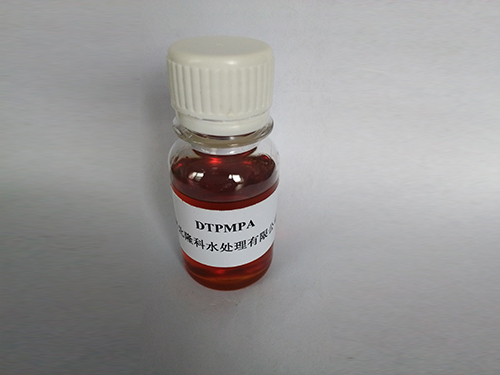Understanding the Properties and Applications of Hydrolyzed Polyacrylamide in Various Industries
Hydrolyzed Polyacrylamide An Overview of Its Properties and Applications
Hydrolyzed polyacrylamide (HPAM) is a water-soluble polymer derived from polyacrylamide through the process of hydrolysis. This compound has garnered significant attention in various industrial applications due to its unique properties, making it an essential material in fields such as agriculture, oil recovery, and wastewater treatment.
Chemical Structure and Properties
The chemical structure of hydrolyzed polyacrylamide consists of a polyacrylamide backbone with carboxylic acid groups introduced through hydrolysis. This modification enhances the hydrophilicity of the polymer, allowing it to dissolve in water and form a viscous solution. The degree of hydrolysis can be controlled during the synthesis, leading to a range of properties that can be tailored to specific applications. HPAM can exhibit high molecular weight and excellent viscosity, which are crucial for its functionality in various processes.
One of the most notable properties of hydrolyzed polyacrylamide is its ability to form gels or slurries when activated. This behavior is advantageous in applications that require thickening or the stabilization of emulsions, making it a versatile agent in both chemical and physical processes.
Applications in Oil Recovery
One of the primary uses of hydrolyzed polyacrylamide is in enhanced oil recovery (EOR). In this context, HPAM serves as a flood agent during the secondary recovery phase of oil extraction. When injected into oil reservoirs, the polymer improves the viscosity of the water, allowing for more efficient displacement of crude oil. This process is crucial for maximizing the recovery of oil from reservoir sites, which may otherwise remain untapped due to insufficient pressure or mobility of the crude oil.
hydrolyzed polyacrylamide

HPAM exhibits a remarkable ability to reduce the permeability of the water phase while improving the sweep efficiency in oil reservoirs. This results in better oil recovery rates, making HPAM a vital component in modern oil recovery strategies.
Environmental Applications
In addition to its applications in the oil industry, hydrolyzed polyacrylamide has emerged as an important tool in environmental management, particularly in wastewater treatment. The polymer acts as a flocculant, facilitating the aggregation of suspended particles and improving the sedimentation process. This function is critical in treating wastewater from industrial processes, where the removal of contaminants is essential for regulatory compliance and environmental protection.
Moreover, HPAM's effectiveness in soil stabilization and erosion control has led to its use in agricultural practices. When applied to soil, the polymer retains moisture and prevents soil erosion, enhancing agricultural productivity. This property is particularly beneficial in areas prone to drought and degradation, where maintaining soil integrity is vital for crop yields.
Future Perspectives
The versatility of hydrolyzed polyacrylamide ensures that its applications will continue to expand in various domains. Ongoing research is focused on enhancing its properties, such as improving biodegradability and reducing environmental impact, which is critical in today's sustainability-focused world. As industries strive for greener alternatives, the modification and development of hydrolyzed polyacrylamide could pave the way for environmentally friendly practices.
In conclusion, hydrolyzed polyacrylamide presents a wide array of desirable properties that make it indispensable in multiple sectors. Its role in enhancing oil recovery, improving wastewater treatment, and promoting sustainable agricultural practices underscores the importance of HPAM in addressing contemporary challenges. As research and technology advance, it is anticipated that hydrolyzed polyacrylamide will continue to play a significant role in various industrial applications, contributing to more efficient and environmentally responsible practices.
-
Water Treatment with Flocculant Water TreatmentNewsJun.12,2025
-
Polymaleic AnhydrideNewsJun.12,2025
-
Polyaspartic AcidNewsJun.12,2025
-
Enhance Industrial Processes with IsothiazolinonesNewsJun.12,2025
-
Enhance Industrial Processes with PBTCA SolutionsNewsJun.12,2025
-
Dodecyldimethylbenzylammonium Chloride SolutionsNewsJun.12,2025





